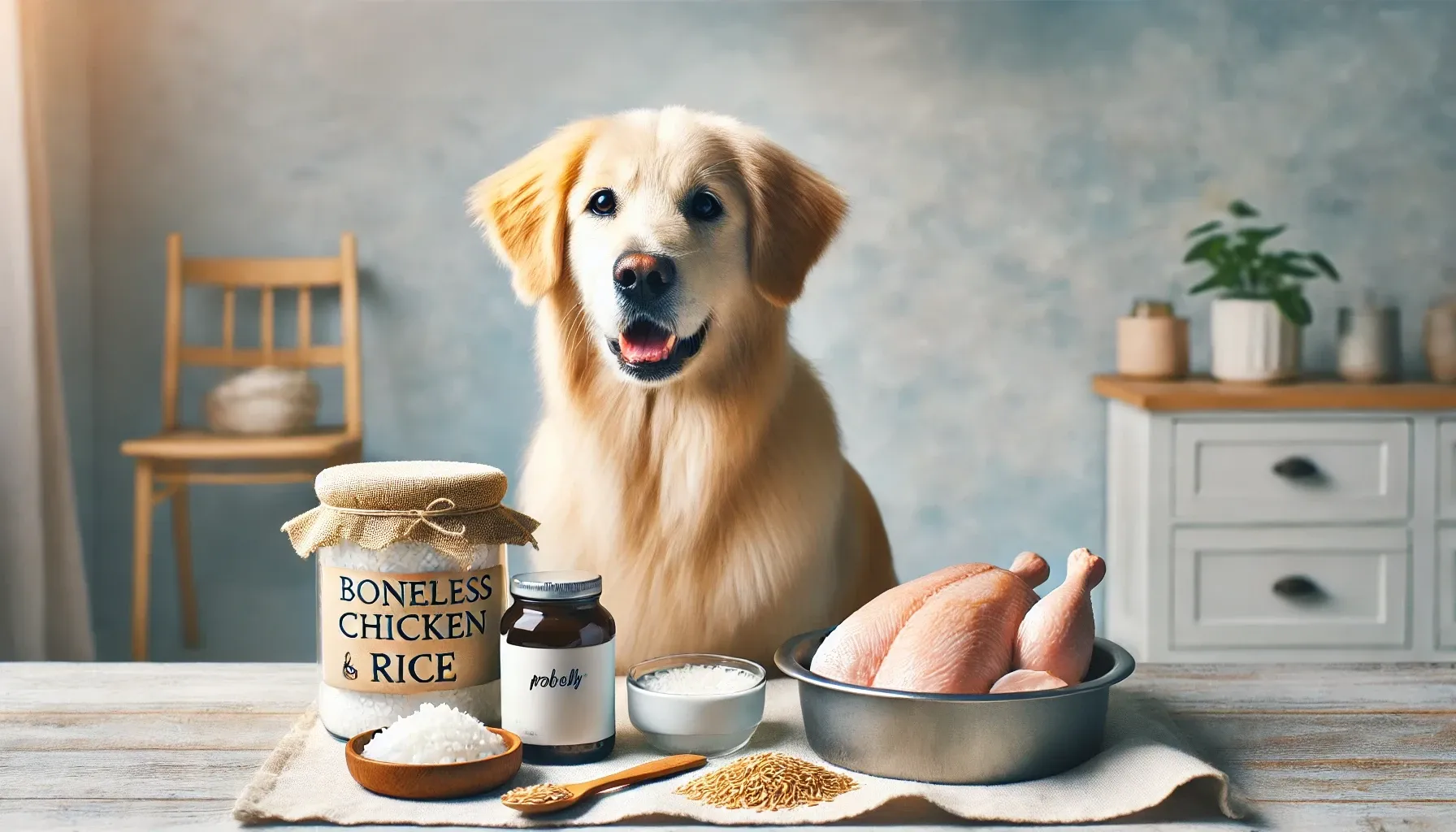Probelly for Gut Health
Probelly probiotics support gut flora balance, helping control yeast overgrowth.

If your dog is struggling with yeast-induced skin allergies, managing their diet can be a crucial part of the solution. This guide outlines how intermittent fasting and a targeted elimination diet focused on a single protein source, like boneless chicken and rice, can help alleviate symptoms and improve your dog’s overall health.
Intermittent fasting can be particularly beneficial for dogs with yeast-related issues. By feeding your dog two meals a day, you trigger autophagy, a process that helps cleanse the body by recycling dead cells, microbes, fungi, and viruses. This promotes detoxification and weight loss, crucial if your dog is overweight.
To support your dog’s health further, consider adding Probelly, a probiotic supplement, and edible coconut oil to their meals. These supplements help improve gut health and provide antifungal properties to soothe yeast-induced skin irritations.
Probelly for Gut Health
Probelly probiotics support gut flora balance, helping control yeast overgrowth.
Coconut Oil Benefits
Coconut oil has antifungal properties and can soothe your dog’s skin from the inside out.
The feeding schedule is key to this regimen. Your dog should eat two meals a day within a six-hour window. This consistency aids in fasting and autophagy processes. For example, if your dog eats at 1:00 pm, the second meal should be served by 6:00 pm.
Intermittent fasting promotes detoxification and autophagy, helping to reduce yeast overgrowth.
Each meal should consist strictly of boneless chicken, white rice, Probelly, and coconut oil.
Q1: What is yeast-induced skin allergy in dogs?
Q2: How does intermittent fasting help?
Q3: How long should my dog stay on an elimination diet?
By following this guide and staying consistent, you can help manage your dog’s yeast-induced skin allergies. Combining intermittent fasting, a targeted elimination diet, and supplements like Probelly and coconut oil can significantly improve their quality of life.
Success